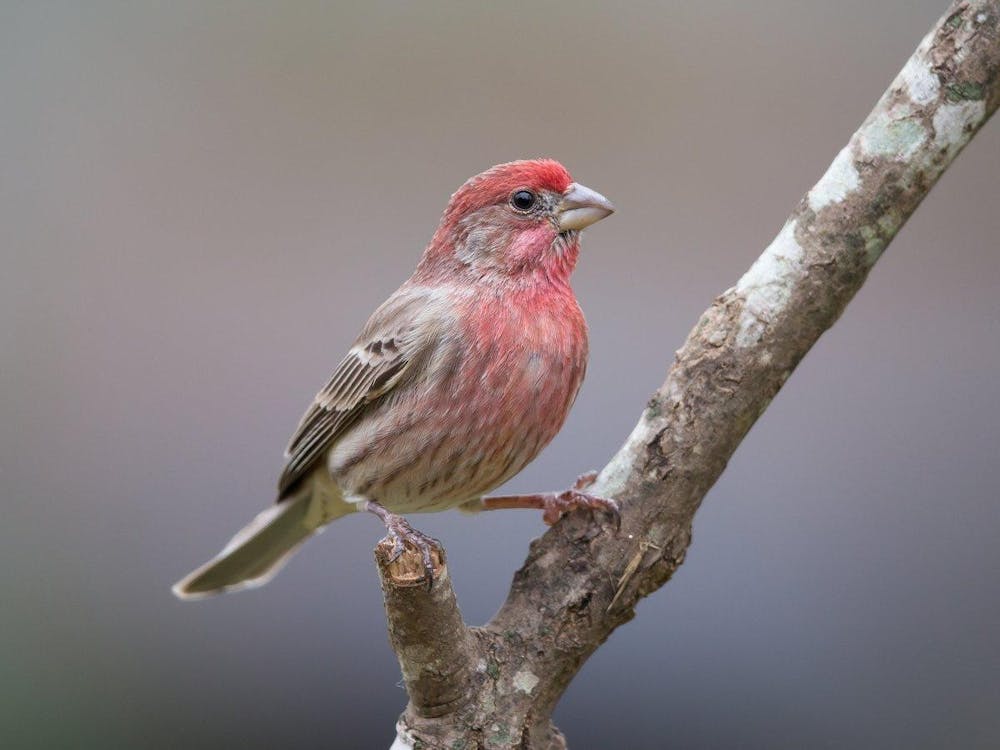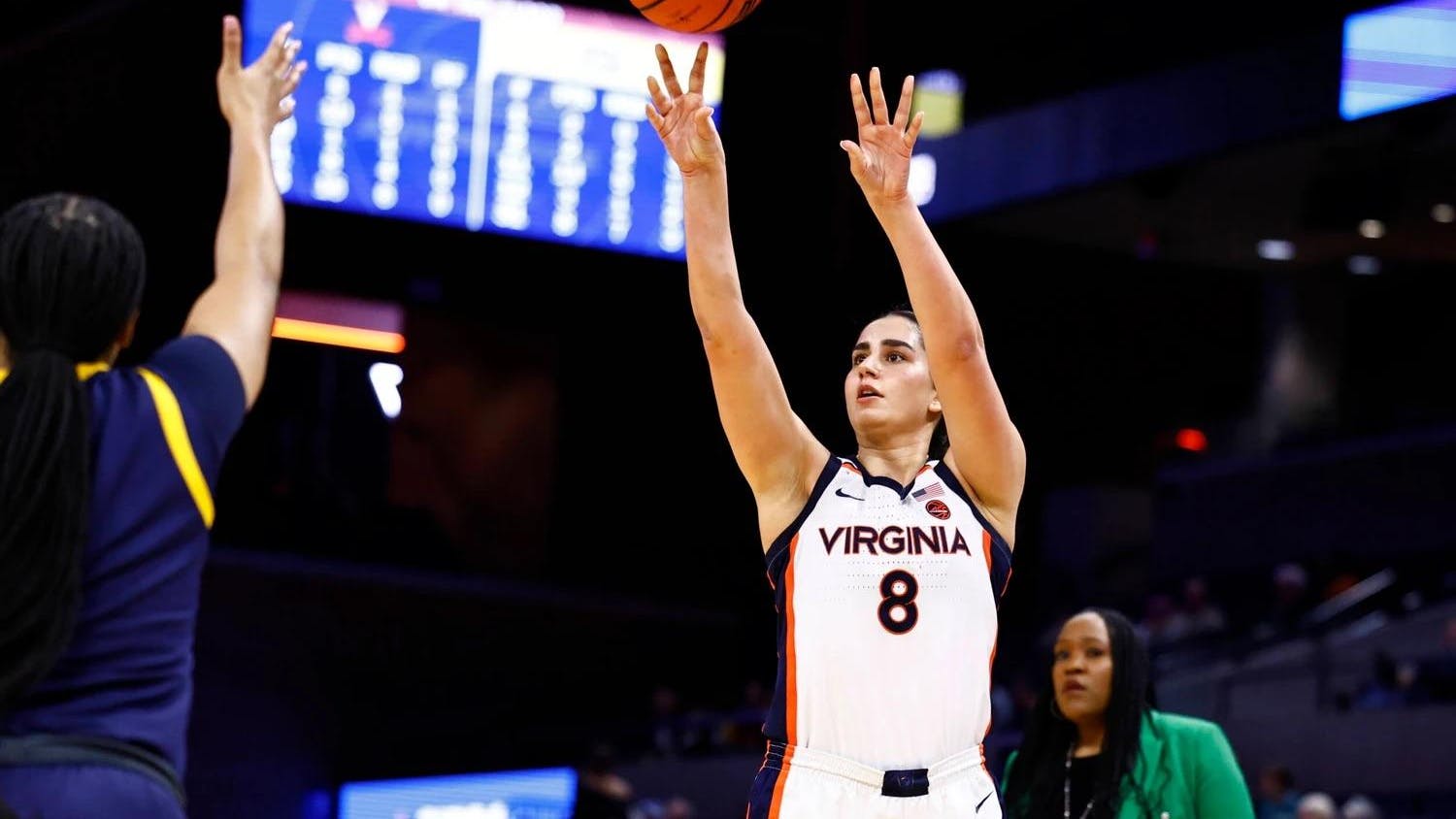An undetermined bird illness is in 53 Indiana counties, including Monroe County. The Indiana Department of Natural Resources documented that 285 birds have died from the disease since late May, Allisyn Gillet, Indiana state ornithologist, said at DNR media call. The actual number of affected birds could be in the thousands, Gillet said.
The Indiana DNR began getting reports of sick and dead songbirds in Monroe County in late May, Gillet said. There are now reports of songbirds dying from unknown causes in Illinois, Ohio, Kentucky, Pennsylvania, Virginia, West Virginia, Maryland and Washington D.C.
“I have not seen songbirds die by such large numbers before,” Gillet said.
The sick songbirds have eye discharge, crustiness and swelling. They also show neurological problems such as tremors, disorientation and uncontrollable behavior, indicating swelling of the head, Gillet said.
The Indiana Animal Disease Diagnostics Laboratory received samples from sick songbirds, but it is unknown when the illness will be identified, Gillet said. So far, the samples tested negative for West Nile virus and avian influenza.
Gillet said the Indiana DNR coordinates with federal, state and nonprofit agencies to manage the songbird illness. This includes the Smithsonian, National Wildlife Health Center and the US Geological Survey.
Individuals who see a sick or dead songbird should submit a sick or dead animal report. The most affected species include the blue jay, American robin, common grackle, starling, northern cardinal and brown-headed cowbird, according to the Indiana DNR.
Indiana residents should stop feeding wild birds until the outbreak has ended or more information is available. Feeders, birdbaths or other sources that cause wild birds to congregate should be discontinued, according to the Indiana DNR.
The bird illness somewhat resembles microplasma conjunctivitis, a bacterial disease spread from chickens to house finches, Daniel Becker, an IU post-doctorate disease ecologist, said.
Birds with microplasma conjunctivitis have eye lesions, which is similar to the symptoms the songbirds are showing. The disease is associated with large amounts of birds crowding around a feeder, leading to the buildup of bacteria on the feeder.
It is also possible that there is a connection between the songbird deaths and Brood X cicadas. When birds consume large amounts of cicadas, they could be exposed to fungus, pesticides or other toxins found in the cicadas, according to the Smithsonian.
“Some of the geographical hotspots for cicada emergence events have also been areas with high concentrations of songbird deaths,” Becker said.
Becker said it is important to note that the disease can not be confirmed until the test results return.
The illness hasn’t been identified as either viral, bacterial or fungal. It is difficult to understand the severity of the disease until the source is known, Brad Bumgardner, Executive Director of the Indiana Audubon Society, said.
Bumgardner said he is most concerned about bird species with low bird rates, like hawks, owls, blackbirds and crows. These species usually have one or two babies per year, so it takes longer for their population to rebound if they are affected by an illness.
The most important way to prevent the spread is taking down bird feeders and other things that cause birds to congregate. Bird food isn’t causing the illness, but birds can more easily spread disease when they are close to each other, Bumgardner said.
“A year ago, we all had to shut down and social distance because of COVID-19,” Bumgardner said. “Now, the birds need to do the same thing.”






